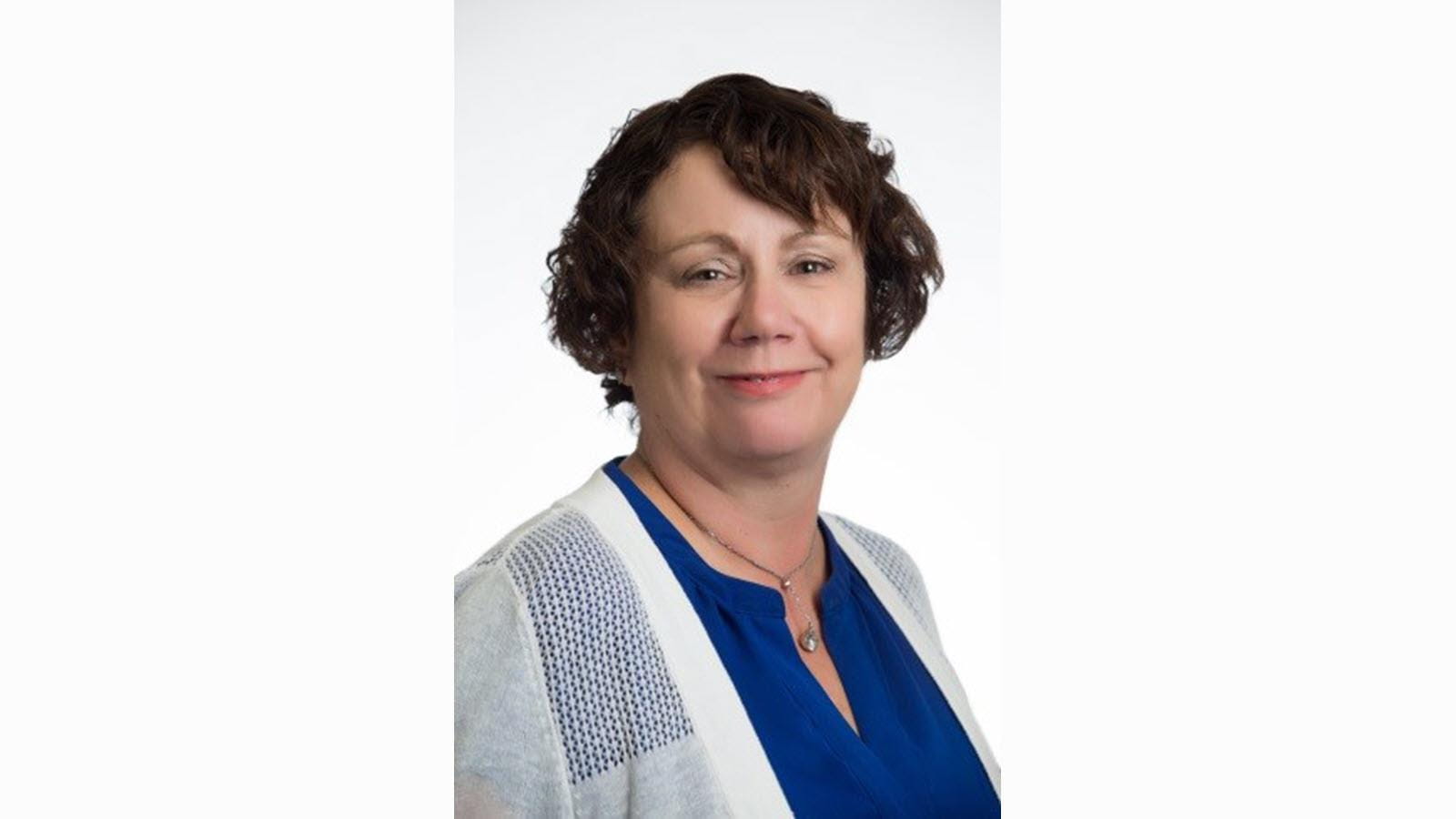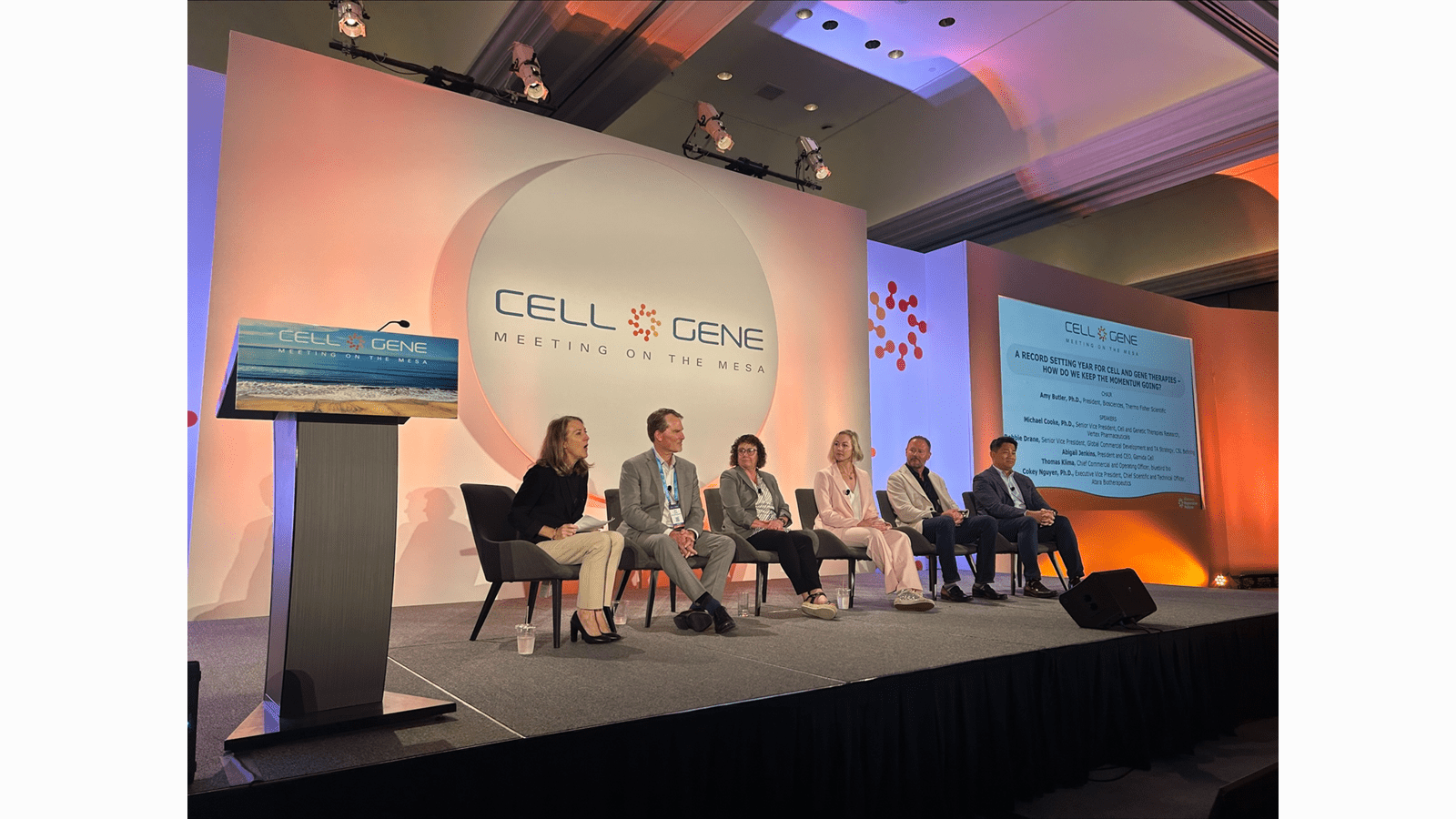Executives and decision-makers in cell and gene therapy met last week at the Meeting on the Mesa, in Carlsbad, California. Eleven months after receiving U.S. approval for its first gene therapy, CSL was there, represented by Debbie Drane, Senior Vice President for Global Commercial Development and Therapy Area Strategy.

Participating as part of panel discussion on “A Record Setting Year for Cell and Gene Therapies,” Drane spoke with leaders from Vertex, Thermo Fisher and bluebird bio. The group reflected on the past year of historic approvals and looked ahead to what’s next. The panel discussion focused primarily on the achievements of the past year in cell and gene therapy with a specific focus on the various therapies which received U.S. Food and Drug Administration approval.
“We are having a record-setting year for gene therapy, and ultimately, this results in great impact – both to the patients we are all collectively serving – as well as our health care systems at large,” said Drane. “As we all work to collectively pave the path and evolve our health care system from a model of chronic care to one that supports single administration therapies, many accomplishments have been achieved but much still lies ahead to ensure sustainability. Ensuring access and reimbursement successes that are necessary to enable patient care will be critical going forward.”
While the panel discussion highlighted the regulatory milestones achieved in cell and gene therapy, it was clear that patient need continued to drive innovation within the space.
“The greatest achievements are the benefits to patients. For decades, cell and gene therapies have been talked about, developed and tested but with the recent round of approvals and ‘first patient treated’ milestones that many of us here on the panel have achieved, these patient populations, which are largely comprised of people with rare and serious diseases, are now able to access life-altering therapies,” said Drane.
As the panelists looked toward future innovation with the cell and gene therapy space, maintaining a focus on patient need and access to treatment remained top-of-mind.
“Access and reimbursement are critical to ensuring that patients receive gene therapy. Currently, at CSL we are navigating the access and reimbursement landscape, but our industry has the unique opportunity to think creatively about changes to the current reimbursement paradigms to reflect the value of a one-time, high-cost therapy,” said Drane. “And part of that needs to involve work with the patient communities and advocacy organizations who are tirelessly driving to ensure that these therapies come to market, and that once they are here, patients actually have access. The education efforts that patient communities are leading to ensure that individuals have the information necessary to make informed decisions alongside their health care provider is critical.”



